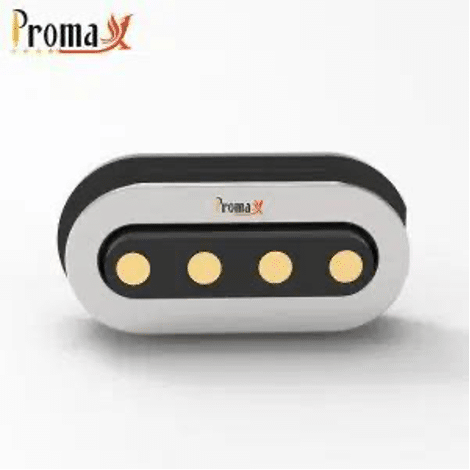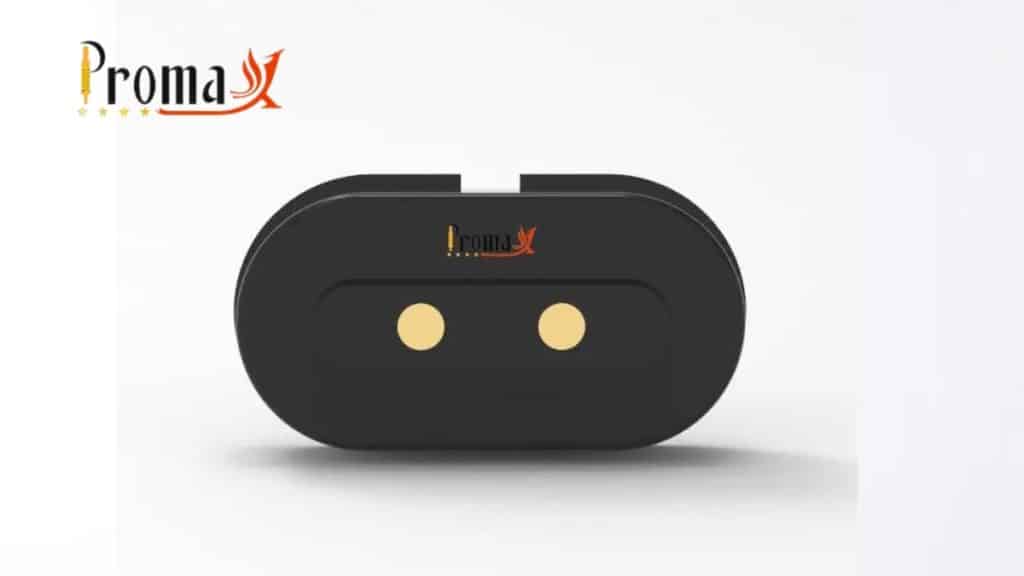Two pin connectors play a crucial role in countless electronic devices, providing a simple yet effective way to establish electrical connections. Understanding how these connectors work not only aids in troubleshooting but also empowers users to make informed decisions when selecting components for their projects. This article dives into the mechanics of two pin connectors, exploring their design, functionality, and practical applications in everyday technology.
Understanding 2 Pin Connectors
2 pin connectors serve as essential components in electrical systems, providing reliable connections between devices. They play a crucial role in facilitating power transfer and signal transmission, making them vital for numerous applications.
Definition and Purpose
A 2 pin connector consists of two conductive pins that establish a connection between electrical systems. These connectors enable the transfer of electrical current or signals between two devices or components. The primary purpose of a 2 pin connector includes simplifying electrical connections, maintaining circuit integrity, and enabling quick disconnection when necessary.
Types of 2 Pin Connectors
Multiple types of 2 pin connectors are commonly used in electronics:
- 2 Pin Magnetic Connectors: 2 pin magnetic connector use magnets to create a secure yet easily detachable connection. These connectors are increasingly popular in wearable devices, medical equipment, and consumer electronics. They ensure effortless alignment, reduce wear and tear compared to traditional connectors, and provide a waterproof design in some cases.

- Header Connectors: Often found on printed circuit boards (PCBs), header connectors allow for easy connections and disconnections between devices.
- JST Connectors: Frequently used in battery applications, JST connectors are compact and offer secure connections in limited spaces.
- Molex Connectors: These connectors provide a reliable connection for power and data, often used in computer components and peripherals.
- Screw Terminal Connectors: Allow for easy wiring by securing wires with screws, commonly used in power applications where robust connections are required.
- Banana Plugs: Widely utilized in audio and test equipment, banana plugs ensure a stable connection for signal transmission.
Understanding these types enables users to select the appropriate connector for their specific applications.
Components of 2 Pin Connectors
Understanding the components of 2 pin connectors aids in appreciating their functionality and reliability in electronic applications.
Conductors
Conductors within 2 pin connectors serve as the primary pathways for electrical current. Typically made from copper or aluminum, these materials ensure efficient power transfer. Various conductor types exist, including stranded and solid wire options. Stranded wire provides flexibility and is preferable for moving applications, while solid wire delivers stable connections in fixed installations. Proper conductor thickness follows the required current load; for instance, a 22 AWG wire supports up to 5 amps.
Insulation Materials
Insulation materials protect the conductors from external interference and prevent accidental short circuits. Common insulation types include PVC (polyvinyl chloride), PE (polyethylene), and silicone. PVC offers durability and moisture resistance, making it suitable for general applications. PE provides excellent electrical properties and is ideal for outdoor use due to its resistance to UV radiation. Silicone insulation withstands high temperatures, making it appropriate for environments with thermal fluctuations. Selecting the right insulation enhances reliability and safety in various electronic contexts.
How Do 2 Pin Connectors Work?
2 pin connectors establish a reliable electrical connection between devices, essential for power transfer and signal transmission. Their design consists of two conductive pins, which connect to corresponding sockets or headers, enabling effective communication between components.
Electrical Connection Mechanism
2 pin connectors operate through a straightforward mechanism. Each pin transmits electrical current, forming the essential link in a circuit. When the pins insert into their corresponding sockets, they create a secure connection that allows current to flow freely. The design often includes features such as locking mechanisms or clips to ensure a stable connection under various conditions. Connector types, like JST and Molex, may utilize different shapes and configurations to prevent incorrect connections while ensuring compatibility with specified devices.
Applications in Various Industries
2 pin connectors serve numerous applications across different industries. In consumer electronics, they’re common in connecting batteries to devices. Automotive industries use them for wiring harnesses, enabling quick disconnects for repairs. Industrial machinery employs 2 pin connectors for controlling power and communication lines. In medical devices, these connectors provide reliable power sources for critical equipment. Each application prioritizes the need for durable, effective connectors that improve operational safety and performance, making the understanding of specific connector types essential for users.
Advantages of Using 2 Pin Connectors
2 pin connectors offer several key advantages in electronic applications, supporting efficiency and reliability.
Ease of Use
Ease of use represents a significant benefit of 2 pin connectors. Their straightforward design allows for quick connections and disconnections, making installation and maintenance hassle-free. Users can connect or disconnect devices without specialized tools. Additionally, the color-coded and standardized pin design helps prevent incorrect connections, reducing the potential for errors during installation.
Cost-Effectiveness
Cost-effectiveness is another advantage of 2 pin connectors. These connectors typically require less material and manufacturing complexity compared to larger connector types. Lower production costs contribute to more affordable pricing for consumers. This affordability allows manufacturers to integrate these connectors into various products without significantly impacting overall costs. Additionally, their durability enhances long-term savings by minimizing the need for replacements and repairs.
Conclusion
Two pin connectors are indispensable in modern electronics. Their ability to provide reliable electrical connections simplifies the design and functionality of countless devices. Understanding the various types and their specific applications empowers users to make informed decisions when selecting connectors for their projects.
The advantages of these connectors, including ease of use and cost-effectiveness, further improve their appeal. By ensuring stable connections and minimizing installation errors, two pin connectors play a vital role in maintaining circuit integrity and operational efficiency. As technology continues to evolve, the importance of mastering these components will only grow, making them a key focus for anyone involved in electronics.
